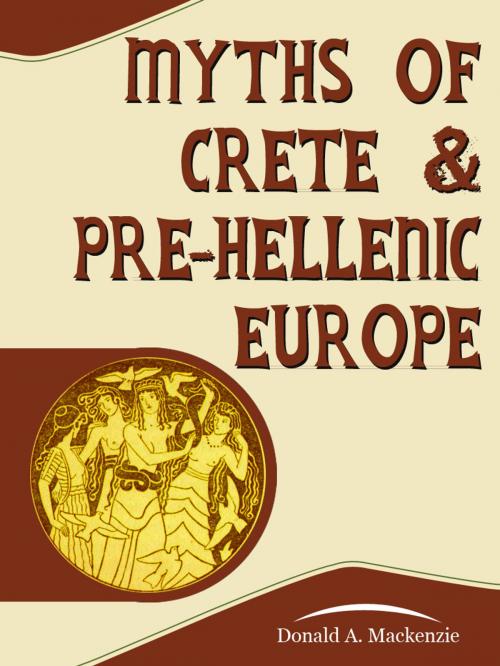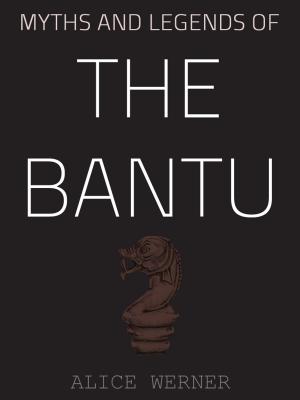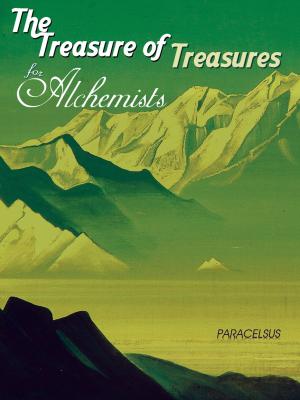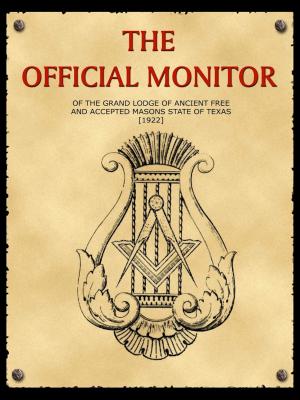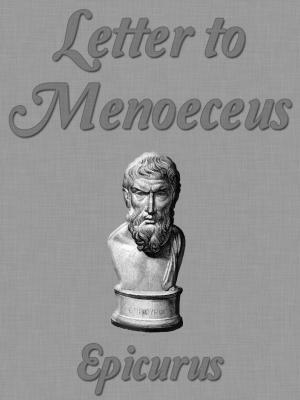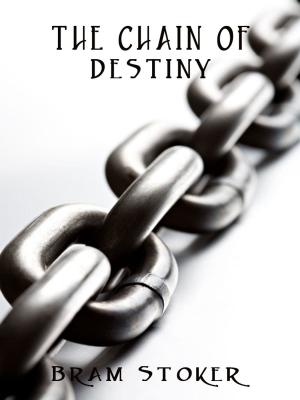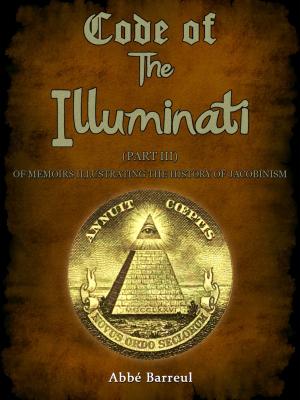Myths Of Crete And PreHellenic Europe
Nonfiction, Religion & Spirituality, Other Practices, Ethnic & Tribal, History, Ancient History, Greece, New Age, New Thought| Author: | Donald A. Mackenzie | ISBN: | 1230000031938 |
| Publisher: | AppsPublisher | Publication: | November 20, 2012 |
| Imprint: | Language: | English |
| Author: | Donald A. Mackenzie |
| ISBN: | 1230000031938 |
| Publisher: | AppsPublisher |
| Publication: | November 20, 2012 |
| Imprint: | |
| Language: | English |
Myths of Crete & Pre-Hellenic Europe
By Donald A. Mackenzie
When I first saw learned of the existence of this book, I was a little suprised, since very little concrete information is available on this topic, and even less was known in 1917. However, to paraphrase a recent President of the United States, Myths of Crete depends on what your definition of of is....
There is substantial mythology about Crete. The Minoan civilization, which predated the better known classical Hellenic period by several hundred years, disappeared catastrophically, battered by volcanic eruptions and barbarian incursions. Successive generations, starting with the classical Greeks, created a vast number of myths about the vanished sea-empire. The Homeric epics, Daedalus and Icarus, King Minos and the Minotaur, and even, as Mackenzie points out, Atlantis, were all influenced by hearsay and speculation about the lost Cretan empire.
At the beginning of the 20th century archeologists finally started to excavate the Minoan ruins. Based lagely on circumstantial evidence such as the vivid wall art and the startling Goddess iconography, popularizers like Mackenzie built an entire new set of myths about the ancient Cretans. This mythology was eagerly adopted by neo-pagans, starting with Robert Graves, who wrote a little-known science fiction novel on the subject, Watch the Northwind Rise.
What do we actually know about Minoan mythology as of today? In a word, nothing. The Minoans developed the first known European writing systems, known as Linear A and B. Linear B was deciphered by Michael Ventris in 1952. Only commercial documents have been found, as befits a sea-trading empire. The other Minoan script, Linear A, remains a mystery. Although the phonetic values of some Linear A symbols have been tenatively identified, they have yet to be translated. So we have no translated Minoan religious documents to work with, although we can infer that certain Linear A texts are magical or religious in nature because they are inscribed on ritual objects.
We can assume from the prevelence of female images in ritual contexts that the Minoans worshipped one or more Goddesses. We also know that animals played an important role in their rituals, particularly snakes and bulls. However, any attempt at this point to make definite statements about their mythology or spiritual practices is inferential at best.
Nevertheless, Mackenzie, who also wrote Myths and Legends of Ancient Egypt, manages to stretch the subject matter out into a full 300 page book. Informative, well researched and very readable, Myths of Crete is a unique book about a very opaque period of history.
Myths of Crete & Pre-Hellenic Europe
By Donald A. Mackenzie
When I first saw learned of the existence of this book, I was a little suprised, since very little concrete information is available on this topic, and even less was known in 1917. However, to paraphrase a recent President of the United States, Myths of Crete depends on what your definition of of is....
There is substantial mythology about Crete. The Minoan civilization, which predated the better known classical Hellenic period by several hundred years, disappeared catastrophically, battered by volcanic eruptions and barbarian incursions. Successive generations, starting with the classical Greeks, created a vast number of myths about the vanished sea-empire. The Homeric epics, Daedalus and Icarus, King Minos and the Minotaur, and even, as Mackenzie points out, Atlantis, were all influenced by hearsay and speculation about the lost Cretan empire.
At the beginning of the 20th century archeologists finally started to excavate the Minoan ruins. Based lagely on circumstantial evidence such as the vivid wall art and the startling Goddess iconography, popularizers like Mackenzie built an entire new set of myths about the ancient Cretans. This mythology was eagerly adopted by neo-pagans, starting with Robert Graves, who wrote a little-known science fiction novel on the subject, Watch the Northwind Rise.
What do we actually know about Minoan mythology as of today? In a word, nothing. The Minoans developed the first known European writing systems, known as Linear A and B. Linear B was deciphered by Michael Ventris in 1952. Only commercial documents have been found, as befits a sea-trading empire. The other Minoan script, Linear A, remains a mystery. Although the phonetic values of some Linear A symbols have been tenatively identified, they have yet to be translated. So we have no translated Minoan religious documents to work with, although we can infer that certain Linear A texts are magical or religious in nature because they are inscribed on ritual objects.
We can assume from the prevelence of female images in ritual contexts that the Minoans worshipped one or more Goddesses. We also know that animals played an important role in their rituals, particularly snakes and bulls. However, any attempt at this point to make definite statements about their mythology or spiritual practices is inferential at best.
Nevertheless, Mackenzie, who also wrote Myths and Legends of Ancient Egypt, manages to stretch the subject matter out into a full 300 page book. Informative, well researched and very readable, Myths of Crete is a unique book about a very opaque period of history.
